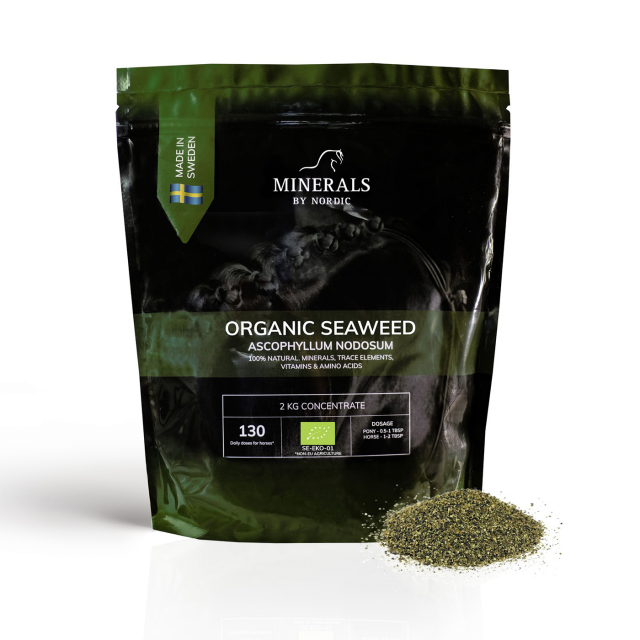
Causes of hoof problems in horses
Nutritional deficiencies
One of the main causes of poor hooves is nutritional deficiencies. Hooves are largely made up of keratin, a protein that requires the right balance of nutrients to maintain strength and elasticity. Key nutrients include biotin, zinc, copper, and amino acids like methionine. If a horse has an imbalanced diet or if the quality of its feed is inadequate, this can lead to brittle, cracking hooves and slower growth. Studies have shown that biotin supplements can help improve hoof quality, especially in horses with pre-existing issues. A lack of this vitamin can result in weak and brittle hooves.
Environmental factors
The environment where the horse lives has a significant impact on hoof health. Both wet and overly dry conditions can create problems. Wet conditions, such as muddy pastures or poor drainage, can soften the hoof walls, making them susceptible to infections like thrush. On the other hand, dry conditions can cause hooves to become too brittle, leading to cracks and splits.
Hoof care and maintenance
Regular hoof care is critical for maintaining hoof health. Horses whose hooves are not trimmed regularly risk developing imbalances in hoof shape, which can cause unnatural wear or injuries. Additionally, improper shoeing, or shoeing horses in a way that does not suit their individual hoof shape, can lead to pressure points and chronic issues like laminitis or hoof abscesses.
Genetics
Just like humans, some horses may be genetically predisposed to having weaker hooves. Certain breeds, such as thoroughbreds and Arabians, are known to often have thinner and more sensitive hooves compared to other breeds like mustangs, which have developed naturally strong hooves through generations of adaptation to harsh environments.
Diseases and infections
Several diseases can affect hoof health. One example is laminitis, an inflammatory condition that affects the internal structures of the hoof and can cause severe pain and permanent damage. Hoof abscesses and thrush are other common infections that occur when bacteria enter damaged or neglected hooves.
Physical work and wear
Horses that are used for intense activities like jumping, endurance riding, or trotting may be exposed to higher mechanical wear on their hooves. Repeated work on hard surfaces without adequate recovery time can cause cracks and other injuries, especially if the horse's hoof care is not adjusted to its activity level.
Poor hooves in horses are a complex issue with several underlying causes. To ensure the horse's long-term health and well-being, it is crucial to consider nutrition, environment, care, and genetics. By understanding and addressing these factors, horse owners and caretakers can contribute to stronger and more resilient hooves.
Products to support the hooves
Activ Mineral – minerals, trace elements, and all amino acids are the foundation for good hoof quality, and the first step is always to start with this product. Biotin, sulfur, manganese, and zinc are all important for hoof growth and are found in Activ Mineral.
Caring Hoof Oil – contains only selected natural vegetable oils for optimal hydration of the hoof, sole, and frog. It stimulates hoof and frog growth. Tea tree oil has antibacterial properties. Farriers recommend a vegetable source of oil for hooves for the best absorption and impact on the hoof.
Treatment for very dry & cracked hooves:
√ Rinse and dry the hooves thoroughly
√ Shake the oil before applying
√ Brush a generous amount of hoof oil on the outside of the hoof as well as the entire sole and frog. Apply up to and including the coronet band on the outside of the hoof. Massage the hoof oil carefully into the coronet band.
√ Repeat every day for at least eight days. Then continue with daily application.
For more severe hoof problems – add Organic Seaweed Meal – for horses needing an extra boost, you can also add Organic Seaweed Meal for additional biotin, copper, and zinc found in the seaweed meal.

 SWE
SWE



 ENG
ENG NO
NO AX
AX DE
DE